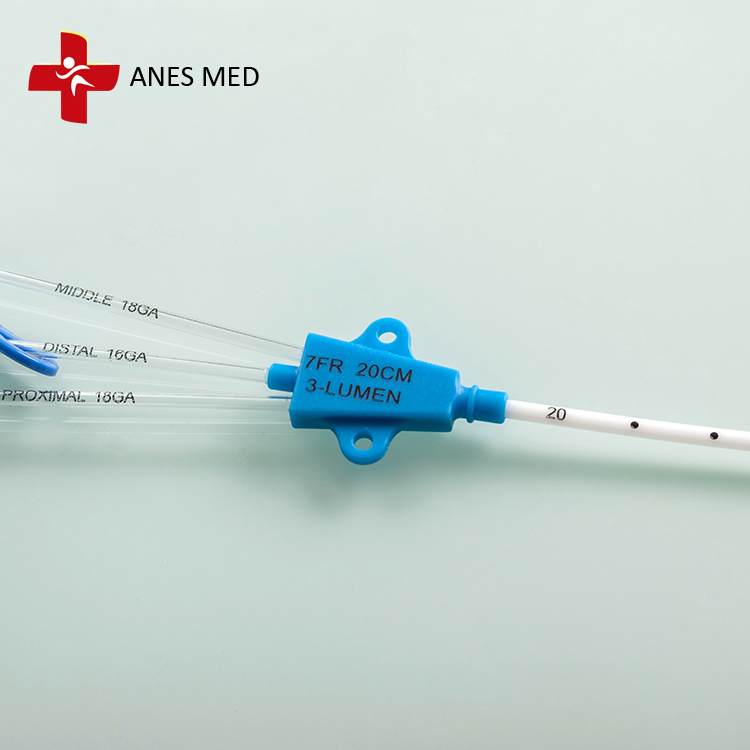

Hub refers to scrub access point vigorously withĢ% chlorhexidine and 70% alcohol swab for 15 seconds and allow for it to completely air dry. Signs include swelling, redness, heat, induration, purulence, a palpable venousĬord (hard vein) and pain related to local inflammation of the vein at or near the insertion site.

The cause can be chemical (due to the osmolarity of the solution), mechanical (from trauma at insertion or movement) or infective (microorganisms contaminating the device). Alaris GH+™), Patient Controlled Analgesia/PCA pumps (Alaris PCAM™) etc.

Key Sites the area on the patient such as a wound or intravenous (IV) insertion site that must be protected from microorganisms.Examples of key parts include, the catheter hub, needleless connector, syringe hub and needle. Of the device/s that must remain aseptic throughout the clinical procedures. The equipment or solutions that must remain aseptic throughout the clinical procedures by ensuring that key parts only have contact with other aseptic key parts and sites to protect the patient from contamination or infection e.g. Double checking - refers to the practice of two clinicians (appropriately endorsed Enrolled nurses (EN), Registered Nurses (RN), Doctors or Pharmacists) independently checking the medications.Key Parts are parts of the device/s that must remain aseptic throughout the clinical procedures.Hand hygiene is performed to protect the patient from organisms which may enter their key sites or key parts during a procedure. Hands – Effective hand hygiene is an essential component of Aseptic Technique. Is crucial for preventing microorganisms from entering the patient It is a set of practices designed to reduce contamination and protect the patient from infection during invasive procedures such as PIVC insertion and maintenance. Therefore, unlike sterile techniques, aseptic techniquesĪre possible and can be achieved in typical hospital and community settings. Aseptic technique – aims to prevent pathogenic microorganisms in sufficient quantity to cause infection, from being introduced to susceptible sites by hands, surfaces and equipment.PIVCs allow for the administration of medications, fluids and/or blood products. Intravenous catheter (PIVC) is a thin plastic tube inserted into a vein using a needle. Nurses who are deemed competent in IV insertion could continue to insert PIVC in consultation with NUM/CSN’s. For information related to insertion of PIVC, please refer to intravenous access guideline (). The aim of this guideline is to provide an outline of the ongoing maintenance and management of the PIVC for patients in hospital, outpatient, and home healthcare settings. They are primarily used for therapeutic purposes such as administration of medications, fluids, and blood products.īy The Royal Children's Hospital, Melbourne Peripheral intravenous catheters (PIVCs) are the most commonly used intravenous devices in hospitalised paediatric patients.


 0 kommentar(er)
0 kommentar(er)
